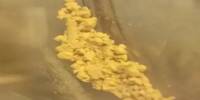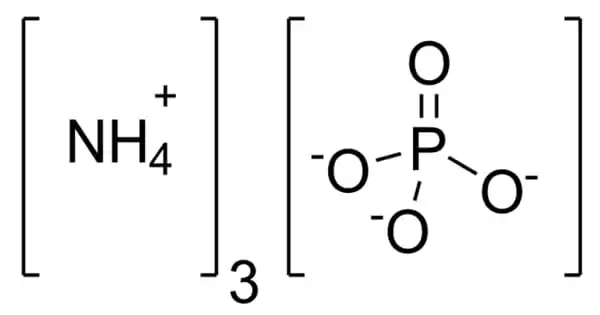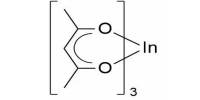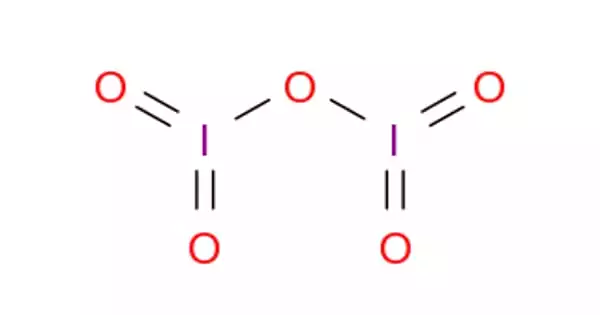Adenosine monophosphate (AMP), also known as 5′-adenylic acid, is a nucleotide. It is a purine ribonucleoside 5′-monophosphate having adenine as the nucleobase. AMP consists of a phosphate group, the sugar ribose, and the nucleobase adenine; it is an ester of phosphoric acid and the nucleoside adenosine. AMP consists of the phosphate group, the pentose sugar ribose, and the nucleobase adenine. It is an ester of phosphoric acid with nucleoside adenosine. As a substituent, it takes the form of the prefix adenylyl-. AMP is used as a dietary supplement to boost immune activity and is also used as a substitute sweetener to aid in the maintenance of a low-calorie diet. It is a naturally occurring compound found throughout the human body and in all plants and animals.
AMP plays an important role in many cellular metabolic processes, being interconverted to ADP and/or ATP. It is an important participant in energy processes in the living cell. It is one of the components of RNA and also the organic component of the energy-carrying molecule ATP. AMP is also a component in the synthesis of RNA. AMP is present in all known forms of life.
Our bodies produce AMP in the process of creating adenosine triphosphate (ATP). You might remember ATP from chemistry classes, as it’s a major source of energy used throughout the body.

Production and degradation
AMP does not have the high energy phosphoanhydride bond associated with ADP and ATP. AMP can be produced from ADP:
- 2 ADP → ATP + AMP
Or AMP may be produced by the hydrolysis of one high energy phosphate bond of ADP:
- ADP + H2O → AMP + Pi
AMP can also be formed by hydrolysis of ATP into AMP and pyrophosphate:
- ATP + H2O → AMP + PPi
When RNA is broken down by living systems, nucleoside monophosphates, including adenosine monophosphate, are formed.
AMP can be regenerated to ATP as follows:
- AMP + ATP → 2 ADP (adenylate kinase in the opposite direction)
- ADP + Pi → ATP (this step is most often performed in aerobes by the ATP synthase during oxidative phosphorylation)
AMP can be converted into IMP by the enzyme myoadenylate deaminase, freeing an ammonia group.
In a catabolic pathway, adenosine monophosphate can be converted to uric acid, which is excreted from the body in mammals.
Adenosine monophosphate (AMP) is a nucleoside phosphate in being comprised of a ribonucleoside and one phosphate group. It means, it has a ribose as its sugar and one phosphate group attached. Its nucleoside contains a purine base, i.e. an adenine attached to the ribose sugar. It has only one phosphate group attached to the nucleoside.
















